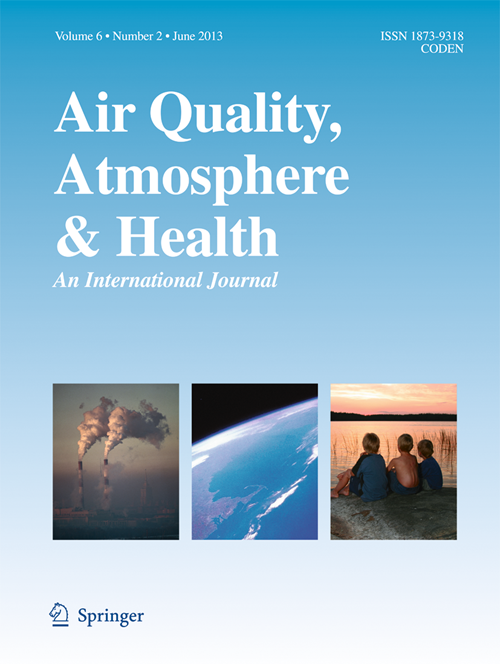Comprehensive evaluation of air quality: incense burning and night market emissions in Kaohsiung, Taiwan, using the ISCST3 air quality model
Abstract
The burning of incense is a prevalent issue in many Asian countries, particularly in Taiwan, where temples and night markets are close to residential and commercial areas due to the overlapping of urban functional blocks. The resulting pollutant emissions from temple incense burning and night market activities may cause serious health issues for residents. In this study, we focused on a specific temple and night market in Kaohsiung City to assess the current air quality in and around these locations. To simulate PM2.5 diffusions, we used the Industrial Source Complex Short-Term (ISCST3) air quality model. By comparing the pollutant emissions data from three different air quality monitoring stations with the sample information from three distinct sites in Kaohsiung City, we found that metallic element concentrations during temple activities were 506 ng/m3 and 224–297 ng/m3 during non-temple activities. Similarly, metallic element concentrations during night market activities were 1179–1471 ng/m3 and 814–929 ng/m3 during non-night market operating hours. We also used Inductively Coupled Plasma Optical Emission Spectroscopy (ICP-OES) to analyze metallic elements and PM2.5 compositions from incense burning at Baoan Temple and activities at Jilin Night Market close to Kaohsiung Medical University. Our findings revealed that Al, Ca, and Na were the significant elements dispersed at sampling sites, with an average metallic element concentration order of Al > Ca > Fe > K > Pb > Mg > Mn > Na > Pb > Zn in PM2.5. Although we could not make firm conclusions about the precise effects of the temple and the night market, our simulation model showed that the temple contributed to pollutant emissions. Thus, our findings suggest that it is crucial to establish government policies for planning temple development and community optimization in Taiwanese cities to mitigate the negative impact of temple incense burning and night market activities on public health.



 求助内容:
求助内容: 应助结果提醒方式:
应助结果提醒方式:


